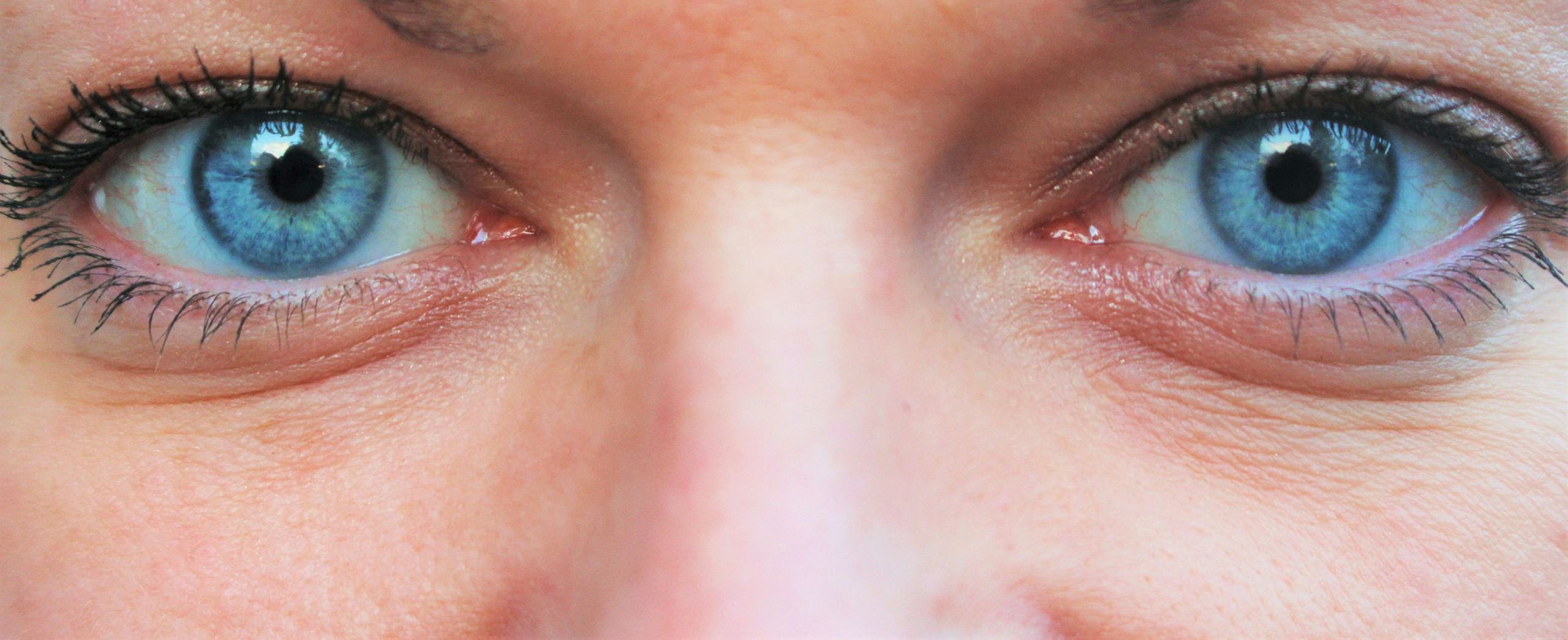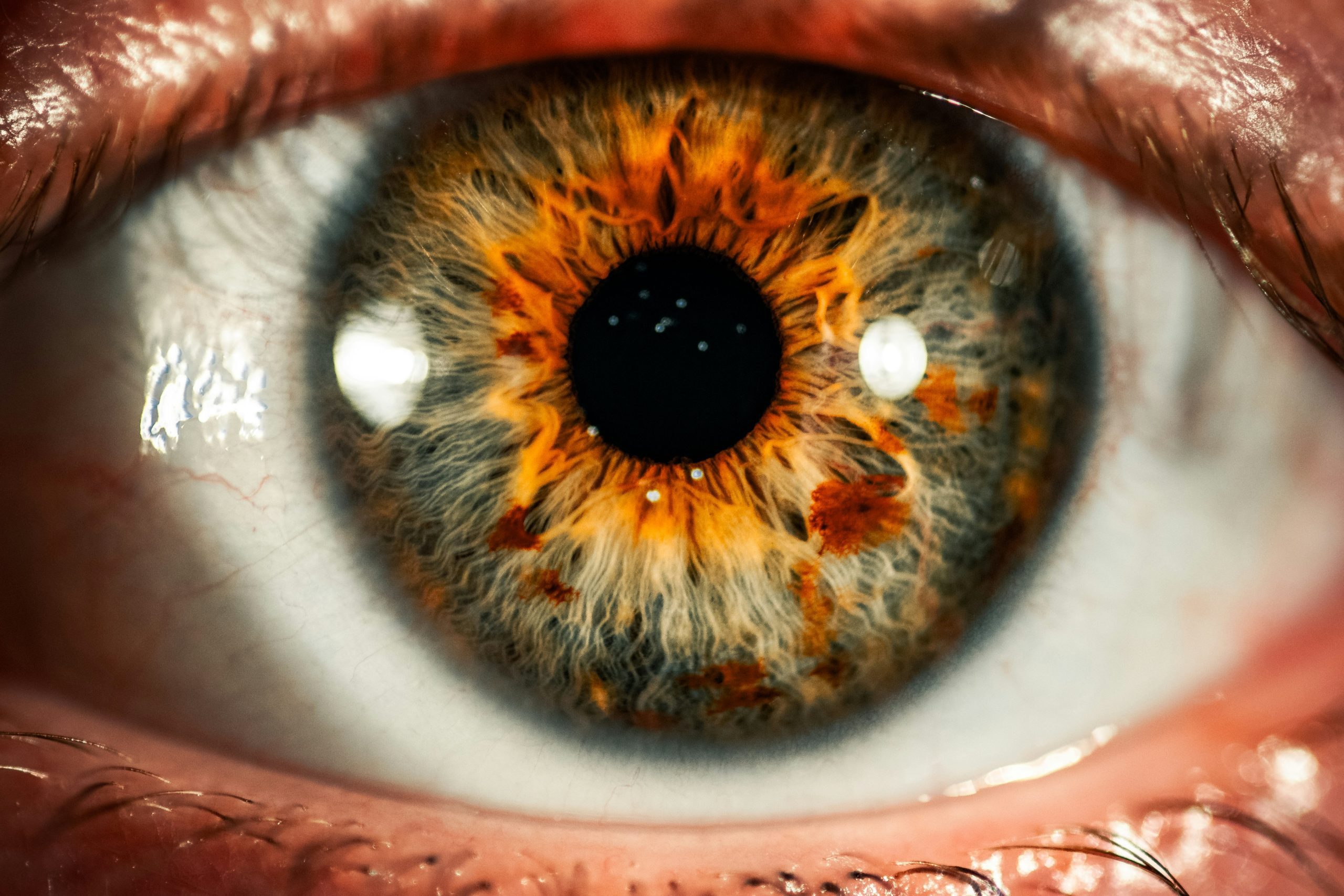Causes, Symptoms, and Treatment Options
Pigmentary glaucoma is a rare form of secondary open-angle glaucoma caused by the dispersion of pigment granules from the back of the iris. These granules clog the eye’s drainage system (trabecular meshwork), increasing intraocular pressure (IOP) and potentially leading to optic nerve damage. It is most common in young, nearsighted adults, typically between the ages of 20 and 50, and affects men slightly more often than women.
What Causes Pigmentary Glaucoma?
Pigment dispersion syndrome (PDS), the precursor to pigmentary glaucoma, occurs when pigment granules shed from the iris. Vigorous activities or pupil dilation can exacerbate the release of pigment. Over time, the accumulation of pigment in the drainage channels can obstruct fluid outflow, leading to elevated IOP.
Symptoms of Pigmentary Glaucoma
Pigmentary glaucoma often progresses silently, with no symptoms in its early stages. As the condition advances, patients may notice:
- Blurred vision
- Halos around lights
- Eye pain, especially after exercise or pupil dilation
- Occasional pressure spikes (acute IOP elevations)
Diagnosis and Treatment
Early detection is critical to preserving vision. Diagnosis involves a comprehensive eye exam, including gonioscopy (to view the drainage angle), IOP measurement, and optic nerve imaging. Treatment for this type of glaucoma focuses on lowering IOP to prevent optic nerve damage. Options include:
- Medications: Prostaglandin analogs, beta-blockers, or combination eye drops.
- Laser Therapy: Selective Laser Trabeculoplasty (SLT) may improve fluid drainage by clearing pigment from the trabecular meshwork.
- Surgery: If other treatments fail, procedures like trabeculectomy or implantation of a microshunt may be necessary.
Prognosis
With timely diagnosis and proper management, most patients with pigmentary glaucoma can maintain good vision. Regular eye exams are essential to monitor and manage this condition effectively.


